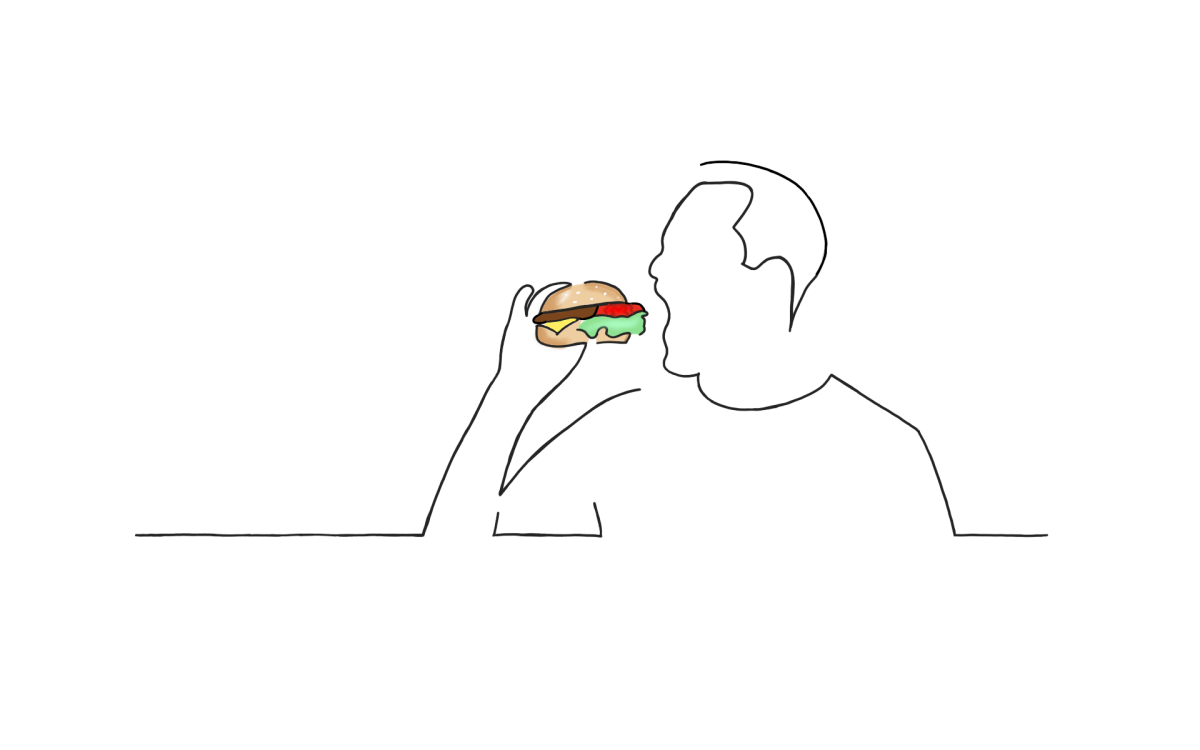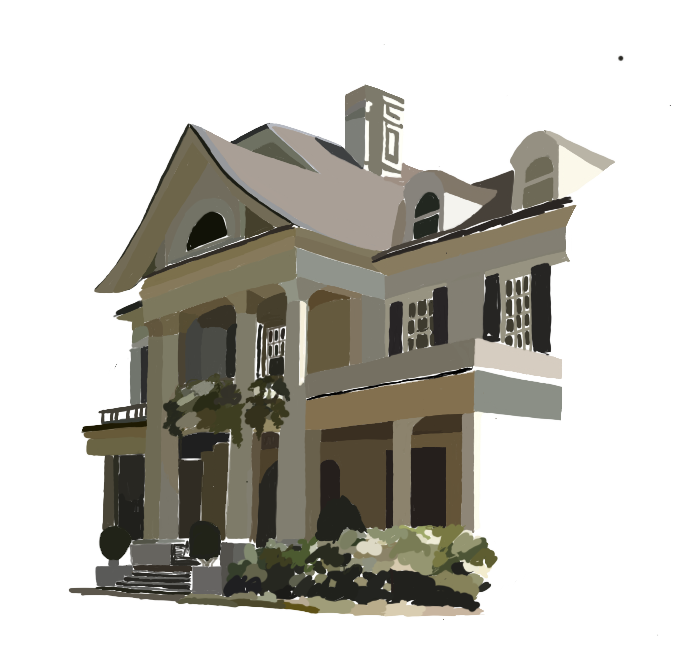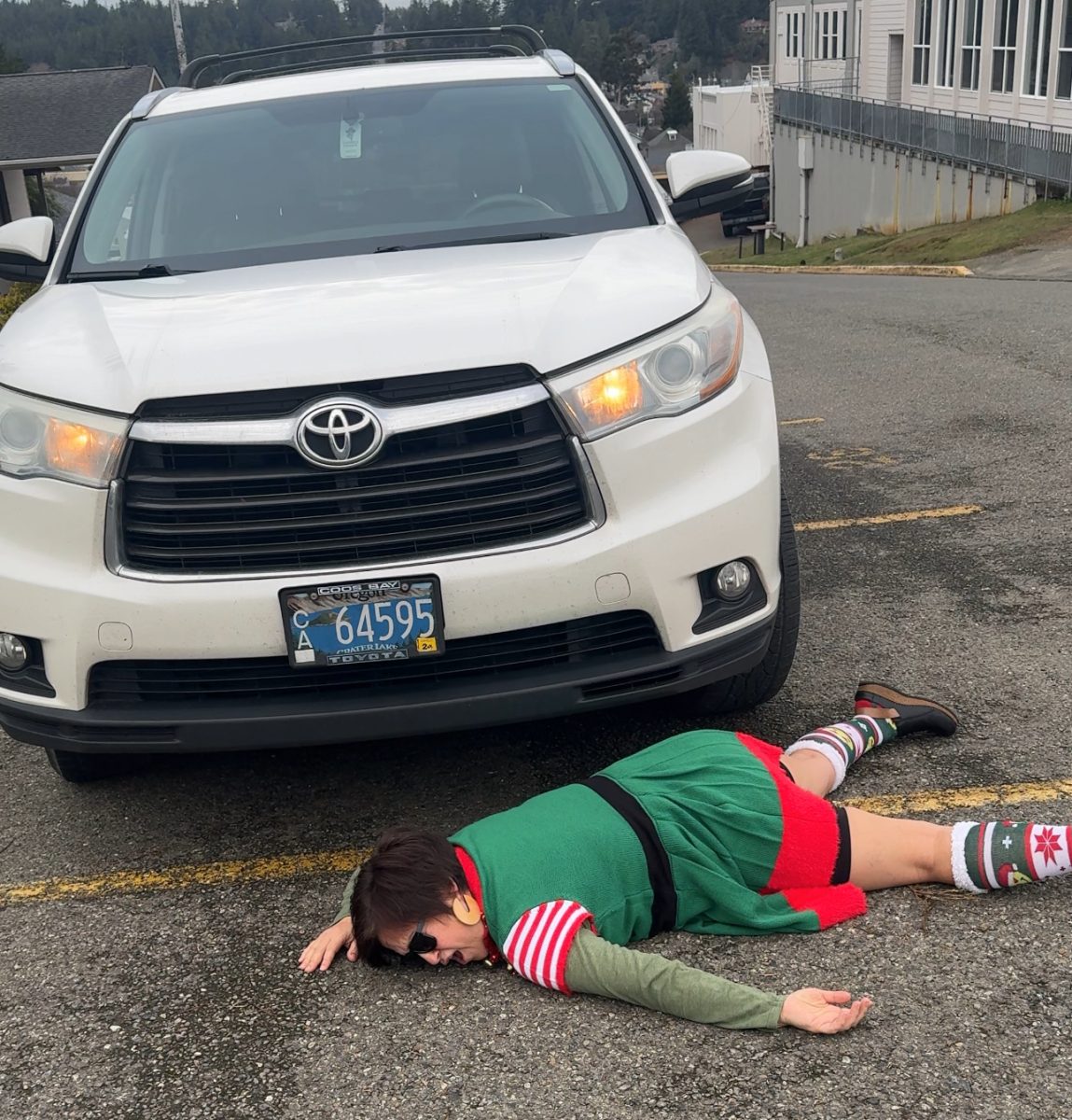October is a month of mental health awareness. As the sunny summer months dwindle down into the darker days of winter, there is one disorder that becomes more prevalent: seasonal affective disorder. Seasonal depression, or seasonal affective disorder, is a mental disorder which typically causes negative mood changes in the fall and winter due to lack of sunlight and reduced color in one’s environment. SAD comes from a drop in serotonin levels, a brain chemical responsible for influencing many core mental functions including regulating body temperature and maintaining a healthy sleep cycle. The disorder is most common during the winter months, but there are cases where people are afflicted with it during summer and spring.
Seasonal affective disorder can have a negative impact on the grades of students, and can make them lose interest in the things they normally enjoy. Most commonly, people with SAD will feel tired, low on energy, or demotivated. This could cause students to withdraw from friends and family, which may worsen symptoms even further. It becomes a cycle.
“When it’s cold outside I get really upset because I don’t feel comfortable,” said Marshfield High School sophomore Avah Hawkes-Paul. “I felt very sad, and moody because it’s cold.”
Hawkes-Paul admits that she’s felt the effects of the weather change in the past, saying she wanted to sleep all day and didn’t feel as social.
“People struggling with SAD can try treatments like light therapy, which uses lamps that mimic sunlight,” said Teresa Knutson, one of Marshfield High School’s student counselors. Knutson, or other school-based counselors, can also help students get onto a self-care plan that involves many techniques for improving one’s mood.
For Hawkes-Paul, counseling wasn’t necessary. She focused on self-care such as taking a hot bath, or outfitting herself for the weather, to make the rainy months more enjoyable.
It’s important that mental disorders like SAD are recognized in youths. If these disorders go unnoticed into adulthood, then they may root themselves into the mind as the growth and development of the brain begins to slow.
“If gone untreated, I think people are pretty resilient in the fact that we learn to live with things that maybe we shouldn’t,” said MHS mental health therapist Cynthia Edwards. “So we mask the symptoms of being depressed.”
Masking a problem is no solution to mental stress. All it does is provide a Band-Aid to cover up the underlying problem. While underneath, the problem continues to escalate.
“We’ve seen it several times with famous people that had commit suicide,”said Edwards. “That’s someone famous with money, fame, in the spotlight. But as individuals we can pretend to be happy a lot, and we can focus on trying to make everybody else happy when we’re not happy.”
People dealing with these disorders may try to push forward, instead of seeking out therapy, treatment, or any other actual solution to the problem. Instead, they may seek out false solutions, quick hits of dopamine, to lighten their mood.
“”It often will lead to addictive behaviors, you’ll have these maladaptive behaviors to try and cope with it,” Edwards said. “Whether that’s drugs, alcohol, nicotine, or even something like a shopping addiction.”
These false solutions are why it is important for youths to have someone they trust that they can reach out to. Without that someone, they may end up carrying these addictions into adulthood where it will become much more difficult to lose them.
“Having one caring and loving adult can make all the difference,” Edwards said. “That person might be a parent, the janitor, it could literally be anybody right? That one person that connects and validates and listens.”
Recognizing the signs of SAD is the first step to treating the disorder. Telltale signs of SAD include a feeling of despair, guilt, and worthlessness throughout the season. You also might have a feeling of lethargicness, and start sleeping throughout the day. Another symptom is craving carbohydrates and gaining weight. If you have any of these symptoms and notice they occur in seasonal patterns it would be good to check-in with your doctor or a counselor so they can investigate the severity and treatment options.
Categories:
Seasonal Depression: When moods fall with the leaves
0
Tags:
Donate to The Marshfield Times
Your donation will support the student journalists of Marshfield High School. Your contribution will allow us to purchase equipment and cover our annual website hosting costs.
More to Discover
About the Contributors

Ashton Russell, Reporter
Senior Ashton Russell is a 2nd year writer for The Marshfield Times. He has an interest in all things Computer Science and Game Development with hopes to get a job in those fields. His favorite season is winter because it’s the only time stores sell eggnog. Ashton’s plans for the future are uncertain but he believes greatly in the importance of being able to adapt to change.

Dani Barrett, Copy Editor
Sophomore Dani Barrett, is a first-year member of the Marshfield Times. She enjoys thrifting in her free time, and spending time with friends. She spends plenty of time with her volleyball team and prepping for her next game. She also loves spending hours researching true crime, and watching documentaries. Dani is excited about journalism, and after high school, she wants to go to college to be a psychologist.





















